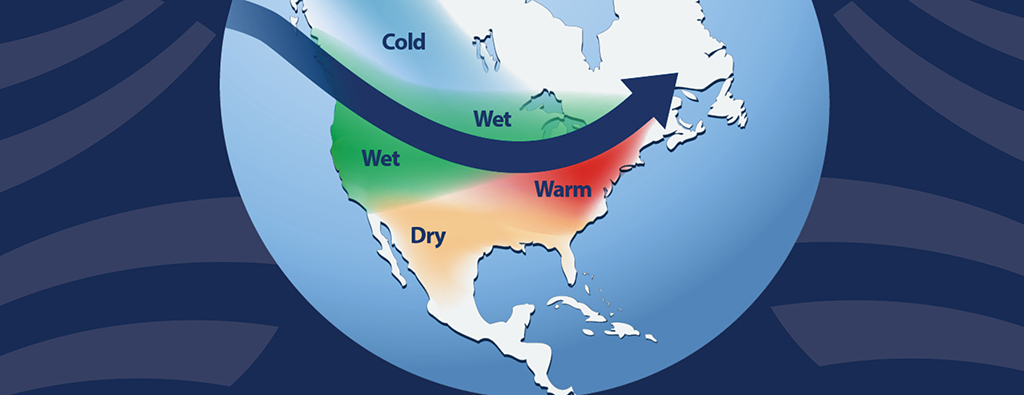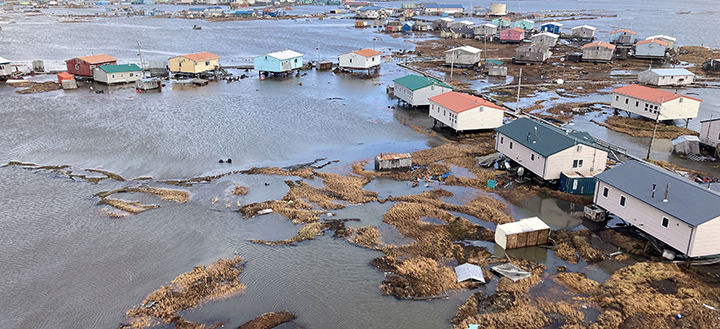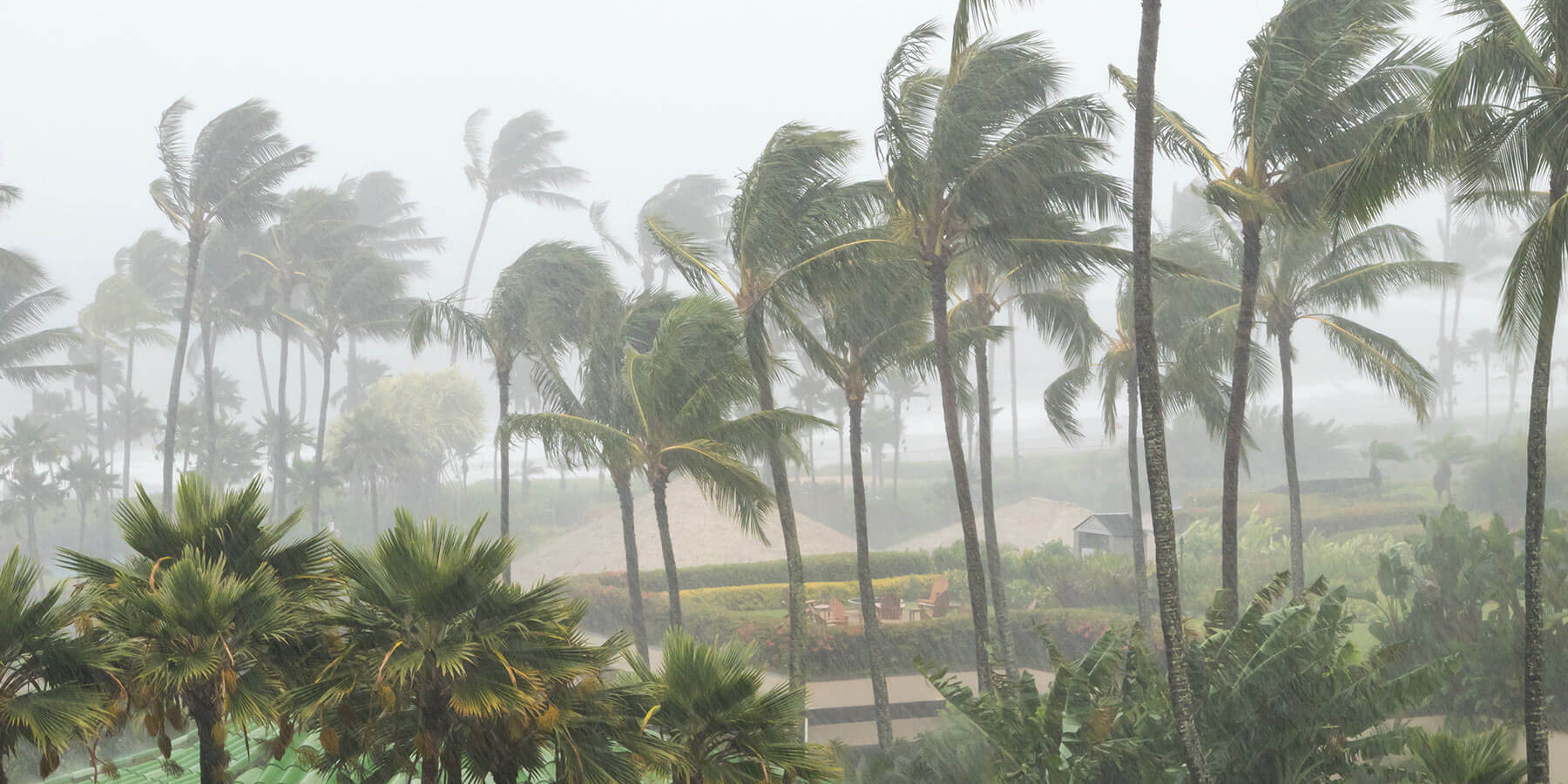La Niña is one of the most influential weather patterns, shaping everything from precipitation levels to storm activity. Emergency managers, engineers, and disaster management professionals must understand its dynamics to effectively anticipate challenges and allocate resources.
With a potential La Niña event on the horizon, it is time to evaluate its implications for disaster preparedness and resilience planning.
What is La Niña?
La Niña is part of the El Niño-Southern Oscillation (ENSO) cycle, a recurring climate pattern that influences sea surface temperatures in the central and eastern equatorial Pacific Ocean.
While El Niño involves warmer-than-average sea surface temperatures, La Niña is characterized by cooler-than-average conditions. These temperature anomalies disrupt atmospheric circulation and alter weather patterns across the globe.
During La Niña, strong trade winds push warm surface water westward, causing upwelling of cooler water in the eastern Pacific. This process affects tropical rainfall and the location of atmospheric jet streams, which in turn influence weather in both hemispheres.
The U.S. Climate Prediction Center recently reported a 57% likelihood of La Niña developing between now and December, with conditions potentially persisting into early 2025.
Although this event is expected to be weak, its effects may still be significant, particularly for regions prone to weather extremes.
How La Niña Impacts Weather
La Niña’s global weather impacts are varied, often amplifying extremes.
Here’s what we can expect:
- North America: La Niña typically brings cooler and wetter conditions to the Pacific Northwest and parts of the Midwest, while the southern United States often experiences warmer, drier winters. These patterns can exacerbate drought conditions in the southern Plains and heighten flood risks in northern regions.
- Tropical Activity: La Niña is associated with more active Atlantic hurricane seasons. Warmer sea surface temperatures in the Atlantic and reduced wind shear—a common feature during La Niña years—create ideal conditions for tropical storm development.
- Global Effects: In regions like Southeast Asia and Australia, La Niña often leads to above-average rainfall, increasing the likelihood of flooding. Conversely, parts of South America may experience drier conditions, stressing water resources and agricultural production.
These weather patterns can compound existing vulnerabilities, posing challenges for emergency managers and infrastructure resilience. For example, heightened hurricane activity can strain recovery resources, while prolonged droughts may impact water supply systems and food security.
Potential Impacts on Emergency Management and Infrastructure
For emergency and disaster management professionals, La Niña underscores the importance of scenario planning and resource readiness.
The potential for increased precipitation in some regions raises concerns about:
- Flooding and Landslides: Prolonged wet conditions saturate soils, increasing the likelihood of flooding and landslides. Urban areas with insufficient drainage infrastructure may experience flash floods, overwhelming emergency response systems.
- Drought and Wildfires: In contrast, areas experiencing drier-than-normal conditions face heightened wildfire risks. Proactive measures such as defensible space initiatives and public awareness campaigns become critical.
- Hurricane Preparedness: A more active hurricane season may require heightened vigilance, particularly for coastal communities. Preparedness plans should address evacuation logistics, sheltering, and supply chain resilience to mitigate storm impacts.
Engineers and urban planners should also consider La Niña’s implications for infrastructure resilience. Roads, bridges, and drainage systems in high-risk areas must be evaluated for vulnerabilities to extreme weather conditions. Incorporating adaptive designs can enhance infrastructure durability in the face of changing climate patterns.
Duration and Monitoring
La Niña events typically last 9 to 12 months, but some can persist for up to two years. The duration depends on ocean-atmosphere interactions and the strength of the event. For instance, the recent forecast suggests a weak La Niña, but even weaker events can trigger significant weather anomalies.
Continuous monitoring of ENSO conditions is vital for real-time adjustments to preparedness plans. Agencies like the National Oceanic and Atmospheric Administration (NOAA) and the U.S. Climate Prediction Center provide regular updates on ENSO forecasts, offering valuable insights for planning.
Proactive Steps for Resilience
Building resilience during a La Niña event involves a multifaceted approach. Here are key actions emergency managers and disaster planners can take:
- Update Risk Assessments: Review historical data on how La Niña has affected your region. Use these insights to update hazard maps and refine response plans.
- Strengthen Communication Networks: Effective communication is critical for community preparedness. Ensure that warning systems, public information campaigns, and evacuation protocols are in place and accessible.
- Enhance Infrastructure Resilience: Collaborate with engineers and planners to assess infrastructure vulnerabilities. Focus on flood control measures, wildfire mitigation, and storm-resistant designs.
- Coordinate Resource Allocation: Stockpile emergency supplies and pre-position resources in areas likely to be affected by La Niña-related hazards.
- Engage Stakeholders: Work with local governments, nonprofit organizations, and private sector partners to develop comprehensive preparedness and recovery strategies.
Looking Ahead
While La Niña is a natural climate phenomenon, its impacts are amplified by underlying vulnerabilities, including aging infrastructure, resource allocation inequities, and preparedness gaps. Emergency managers and disaster planners can mitigate risks and protect communities by taking proactive steps.
Tidal Basin is committed to supporting disaster management professionals through evidence-based strategies and innovative solutions. As we face the challenges of a potential La Niña event, collaboration and foresight will be essential for building a more resilient future.



